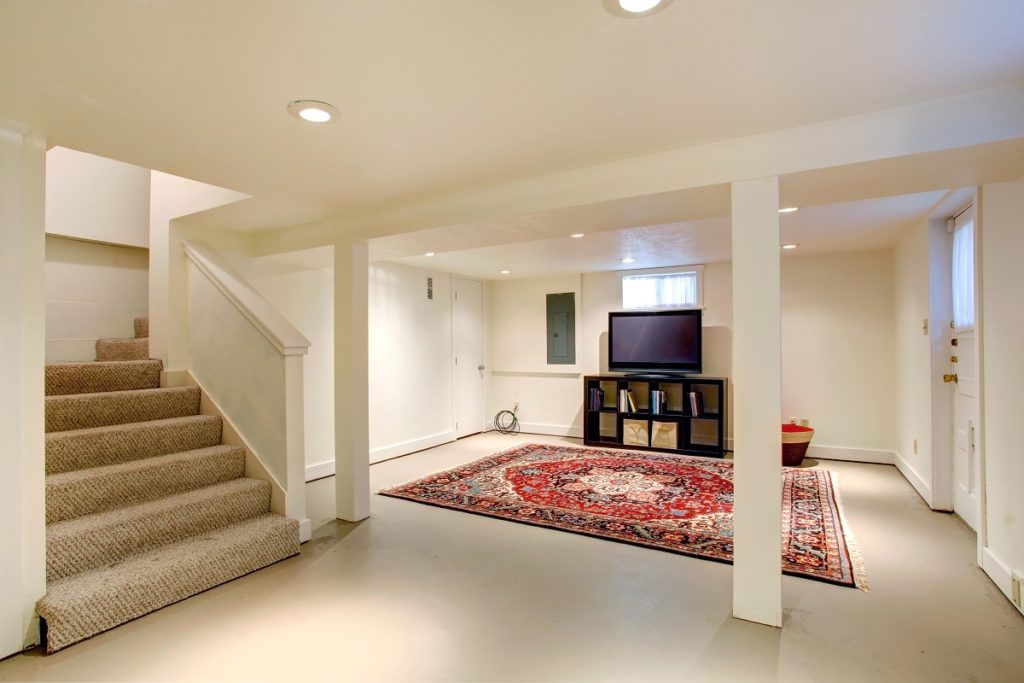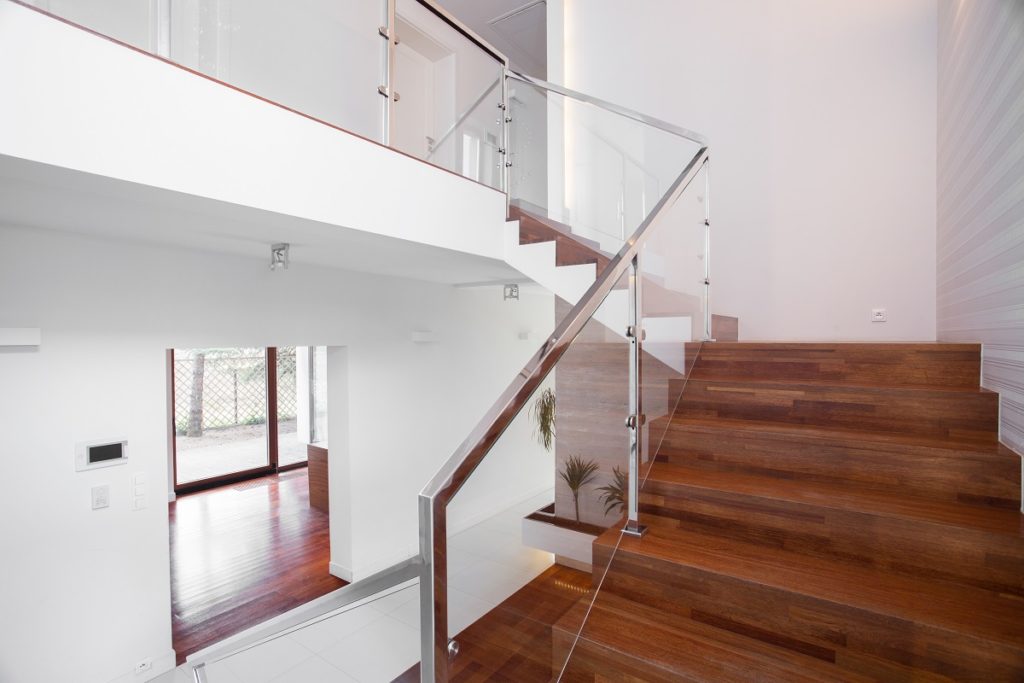There are plenty of hazards around us. At home, we face the risk of tripping, slipping and falling down the stairs, which would usually lead to bumps and bruises. Sometimes, a tumble down the stairs can lead to far more serious injuries, such as concussions and broken bones. Fortunately, it does not take much to step up your game when it comes to stair safety, and here are some of the ways to do it.
Tread carefully
Each stair tread should be distinctly visible. To do this, you may paint the nosing of each step with stripes of contrasting colors to set them apart from each other. However, try not to paint patterns that can be visually distracting.
If your stairs are carpeted, make sure that the coverings thin and firmly affixed to each tread. You might easily slip on soft treads that are short with large rounded nosing, so you might want to avoid this design. Stairs made of wood, concrete or tile may need added traction, and placing long strips of non-skid tape per step does the trick.
Lastly, check the stairs for cracks, uneven steps protruding nails or bunched-up coverings. If you find any of these, they must be repaired as soon as possible.
Light up

Adequate lighting is necessary to make your staircase safer, since you are far more likely to fall if you cannot see where you are going. The illumination level on your stairs should never be lower than its surrounding areas, so you might want to make sure that your stairway lights have the same wattage as those in adjacent hallways.
Consider using low-grade overhead lighting to make the nosings of each tread are visible. If you have floating stairs, placing light sources under the staircase could easily illuminate and emphasize each tread. Also, install light switches at the top and bottom of the stairs such that you will not have to go through an unlit staircase. Placing nightlights in surrounding hallways and landings would help too.
Hold on to something
Furnishing your staircase with sturdy, well-designed handrails could significantly reduce the risk of accidents, regardless of the number of steps.
If possible, both sides of the stairs should have functional handrails. They should also run along the entire length of your stairs, and even go slightly beyond the top and bottom of the stairs without any breaks. For stairs that are bordered by walls, you may secure rails to the walls and posts with handrail brackets. The handrail should be sturdy enough for an adult to put their entire weight on it without damaging the rail, the wall or the post.
Remove tripping hazards
Many of us have a lot of items lying around our stairways that can be tripping hazards. Rugs at the top and bottom of stairways, for example, are common tripping hazards that should be removed. If there are electrical cords around or on the stairs, get them out of the way by taping, stapling or pinning them along baseboards. Avoid storing stuff on the stairs even temporarily, and arrange furniture on and near landings to keep pathways open.
Being cautious every time you traverse the stairs is essential to avoid stair falls. Pay attention to every step and keep at least one hand free to hold on to the handrail. Keep your eyes on your path and do not be distracted while using the stairs as well.

